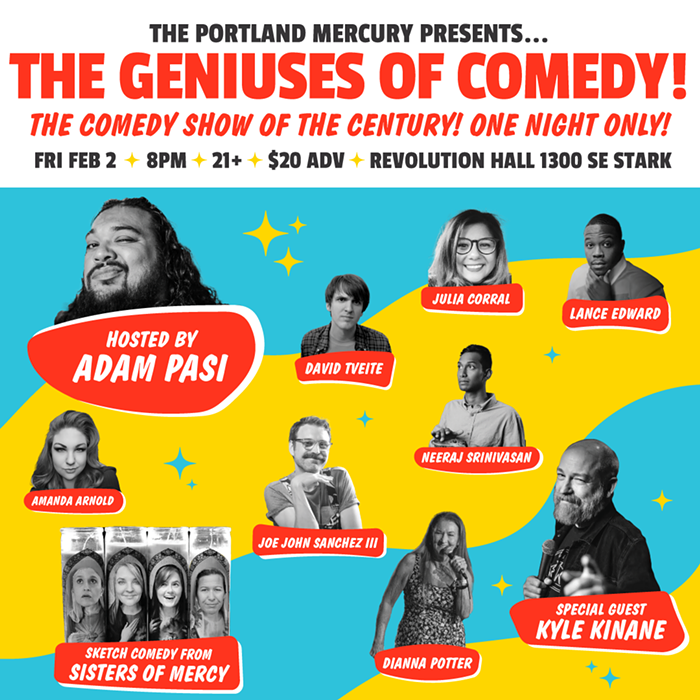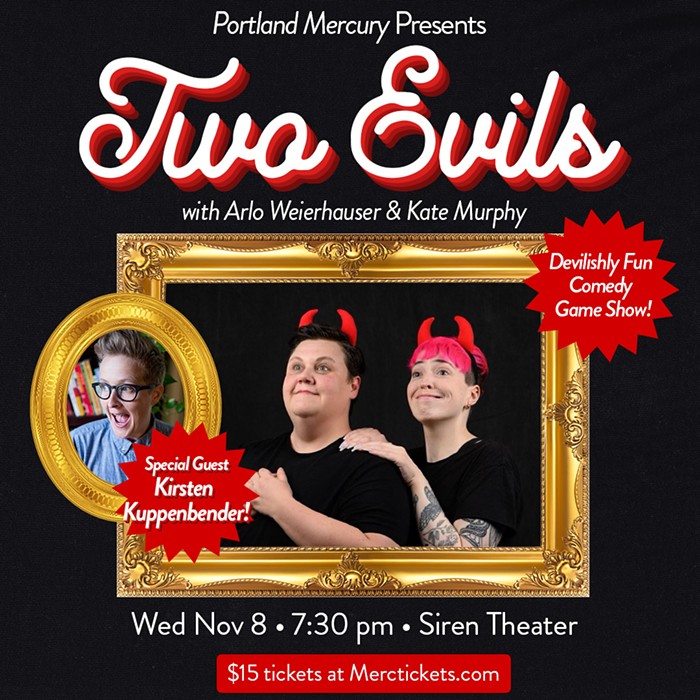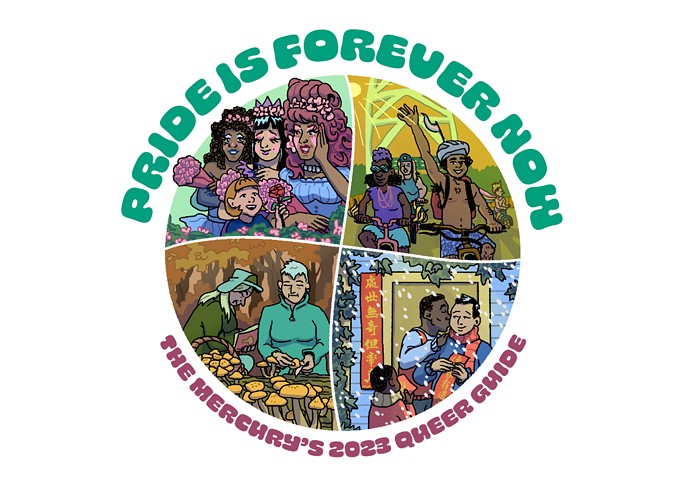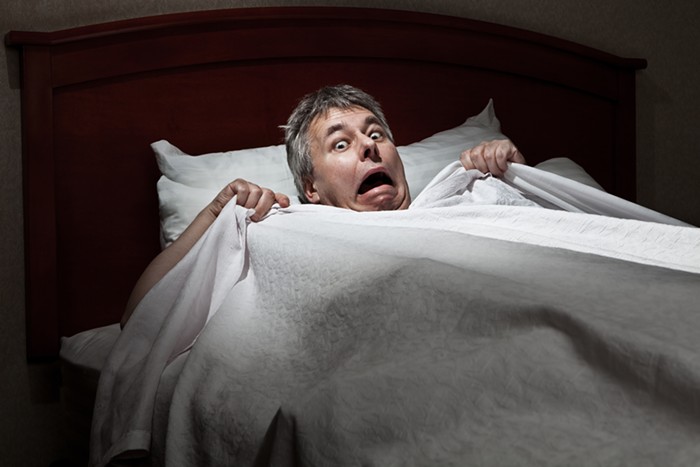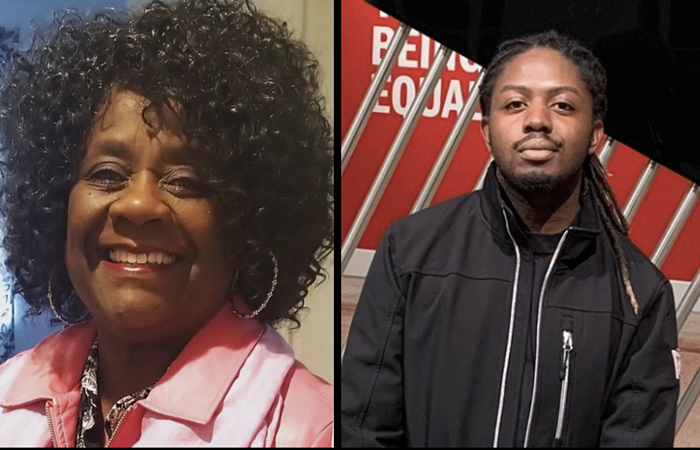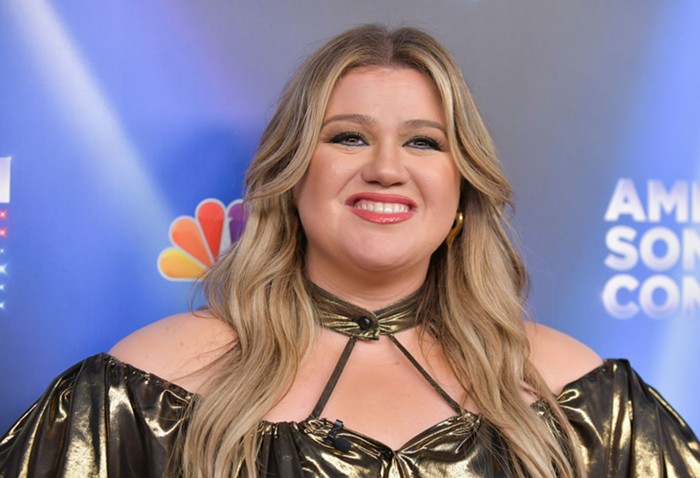When I was in 7th grade we had a "Cowboys and Native American" party at school. Yeah: My school was racist enough to have a genocide-themed party, but still progressive enough to attempt politically correct terminology. I was 13, old enough to know better, but still stupid enough to be jealous that another girl's tunic was totes more flattering than mine. Growing up close to a Native American reservation in the '90s, I had ample access to turquoise jewelry, feathers, moccasins, and other accessories that make adult Barbara cringe. Adult Barbara thinks it's super condescending to appropriate the style of Native culture for cuteness purposes.
Urban Outfitters and other clothing stores that cater to a privileged (read: less genocided) demographic often adopt Native American iconography for fashion purposes. (The Navajo Nation is suing Urban Outfitters for their line of "Navajo inspired" clothes and panties.) On March 19 at a gaming conference, a marketing company called Glispa erected a tipi on the conference floor and hired non-Native models to dress as hot Native Americans, putting in way more effort than necessary to turn on gamers. Glispa's owner, Gary Lin, didn't apologize when people said they were offended; instead, he defended himself by saying that he has a lot of Native friends. Well, buddy, maybe not so much anymore.
When Native clothing and culture is sexualized, it's a combination of fetishism and exoticism that makes a caricature of the culture and reinforces a status quo that objectifies women. Someone's identity should not be a sexy costume. (I wonder if I should be a sexy racist for Halloween?)
Cultural appropriation dehumanizes a group by reducing them to a simple symbol. Everyone can identify with feeling dehumanized, reduced, silenced, or put into a box. People shouldn't subjugate ANYONE or make them feel small. That's what cupboards are for.

